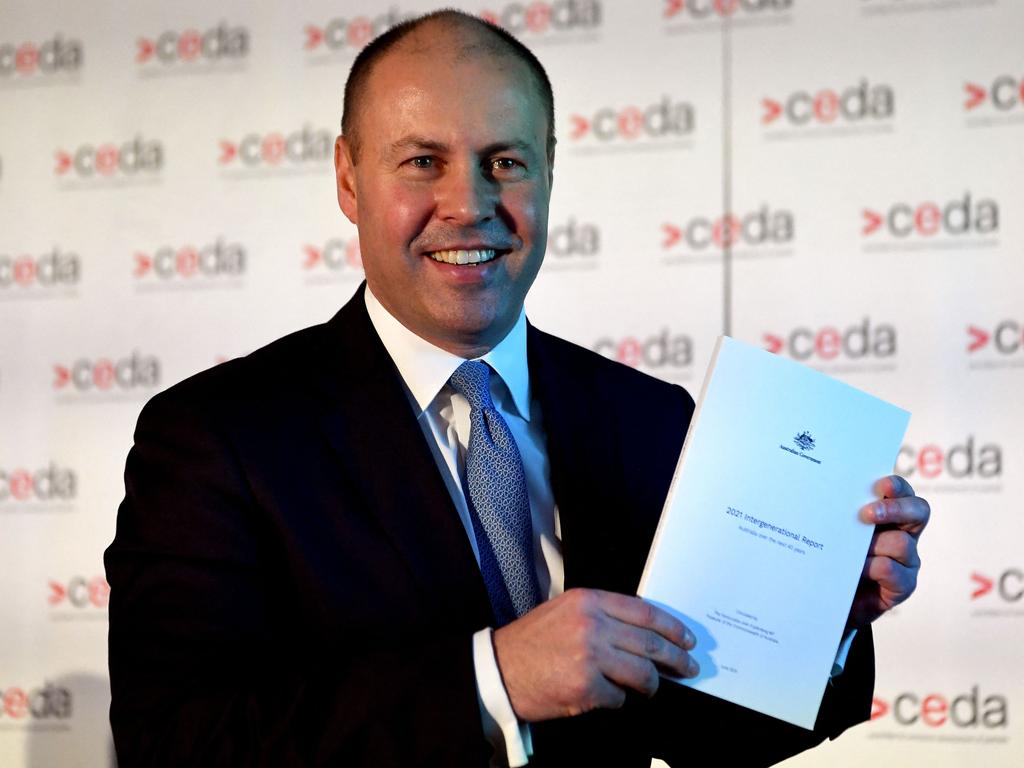
This is an important question to answer because so much of government policy is driven by the presumption that natural ageing should be offset. Given the ostensible difficulty of sustainably altering birthrates through government intervention, our politicians instead opt to ramp up the migrant intake.
In this way, the average age of the population is lowered temporarily and working migrants can pay taxes to cover the costs of the growing cohort of the elderly – so the theory goes. This is deemed necessary because older people impose a heavier drain on public finances than young people do.
(Note here that immigration only slightly delays ageing, it doesn’t eliminate it. After all, migrants age too and the current bulge of retirees is, in part, related to the large migrant intakes of the 1950s and ’60s.)
But are these arguments sound? Should we consider the case for a gentle ageing of our society in which older people play an active role, including in paid employment, along with younger folk? There are plenty of countries with populations older than ours and that are ageing at a faster pace, and they manage well and their economies prosper. Should Australia follow suit?
Let’s first take a look at the demographic profile of the population. Last year, the median age – the age at which 50 per cent of the population is younger and 50 per cent is older – was 38, an increase of three years across a 20-year period. This was a manageable rate of ageing.
The Australian Bureau of Statistics expects the Australian population to reach between 37 million and 49 million by the mid-2060s, although if net overseas migration were to be close to zero then the population would stay around where it currently is (25 million). The median age of the population will rise, but not by as much as people may expect. For example, by the mid-2060s the median age is forecast to be 43 with a population of 37 million.
Big Australia/high migrant intake advocates often make much of quite small increases in the number and proportion of very old people in future scenarios. We’re told there will be all these centenarians and other oldies hanging around hoovering up taxpayer support.
For starters, the fact people will live longer is surely a good thing. And let’s keep the small numbers of very old people in perspective. Last year, for instance, just over 2 per cent of the population was 85 or older. Public finances should easily accommodate a doubling of this proportion, particularly if the economy grows strongly.
We also should not overlook the fact children will make up a lower proportion of the population, with those aged 0 to 14 falling from about 19 per cent of the population to between 16 and 18 per cent. Children are also heavy drawers on the public purse – think childcare and schooling.
But here’s an important consideration when it comes to thinking about the consequences of ageing: the relationship between government spending and the age structure of the population has been changing.
When the first Intergenerational Report was released in 2002, the theme was clear: we must plan for the challenges of an ageing population. The rising costs of health, aged care and the social safety net (the Age Pension) were seen as creating significant future fiscal pressures. The central conclusion was that there could be a fiscal gap – spending greater than revenue – of 5 per cent of gross domestic product by 2042.
But think back to 2002. This was well before the ramping up of childcare subsidies, which now amount to more than $10bn a year, the implementation of the Gonski school funding model and the National Disability Insurance Scheme. (We shouldn’t think that these ideas weren’t around when Peter Costello was treasurer; he largely was able to bat them away because fiscal discipline meant something then.)
Now none of these large spending items has anything to do with the ageing of the population. In fact, the NDIS is available only to those under 65. But consider what has happened to NDIS spending: last year it grew by more than 12 per cent, with the cost next financial year estimated to be $26bn (more than Medicare). On current trends it will cost $40bn by the middle of this decade even though the Productivity Commission had assured us the scheme would never cost more than $22bn, with just over 400,000 participants. The number now is heading towards 530,000.
To be sure, there was a ramping up on spending on aged care in the recent budget, with an additional $17.7bn allocated over five years. But the point here is that the clear relationship that once existed between government spending and the age structure of the population has become murky.
The need for high population growth, in part to offset the ageing of society, recently has been challenged by Adair Turner, who was chairman of the UK Financial Services Authority. He has published an article debunking the myth that high population growth is necessary for per capita economic growth.
“Arguments that stable or falling populations threaten per capita growth are hugely overstated and, in some cases, are plain wrong. True, when populations no longer grow, there are fewer workers per retiree and healthcare costs rise as a per cent of GDP. But that is offset by the reduced need for infrastructure and housing investment to support a growing population.”
He says “contracting workforces create stronger incentives for businesses to automate, while driving up real wages, which unlike absolute economic growth, are what really matter to ordinary citizens”. Turner also makes the obvious point that lower population growth is associated with lower emissions growth, all other things being equal. This means countries will find it easier to meet their agreed targets if population growth is lower.
Given a choice between a gracefully ageing society and rapid population growth boosted by large migrant intakes, many Australians may opt for the former. Politicians may find it worthwhile presenting the alternatives.








With the release of the fifth Intergenerational Report predicting doom and gloom unless we return to high rates of immigration to offset the ageing of society, it is worth posing the question: is an ageing society necessarily bad?